‘Art is where the heart is,’ and in today’s digital age, it’s not just a canvas and paintbrush that can set your creative soul on fire.
Have you ever wondered how art has evolved with technology? Well, you’re about to embark on an exciting journey exploring the evolution of digital art methods.
From its humble beginnings in the 1960s to today’s mind-boggling AI-generated masterpieces, digital art has taken a quantum leap.
Whether it’s computer art flourishing through pioneers like Frieder Nake or Google’s DeepDream stirring your imagination with text-prompted images, there’s a lot to marvel at.
But hold onto your hat! The ride gets bumpier as we delve into challenges like copyright issues and debate over human creativity versus artificial intelligence.
Yet, amidst these hurdles lie enormous opportunities within augmented reality (AR), cryptocurrencies, Non-Fungible Tokens (NFTs), and more.
So get ready; it’s time to dive deep into this fascinating world of pixels and possibilities!
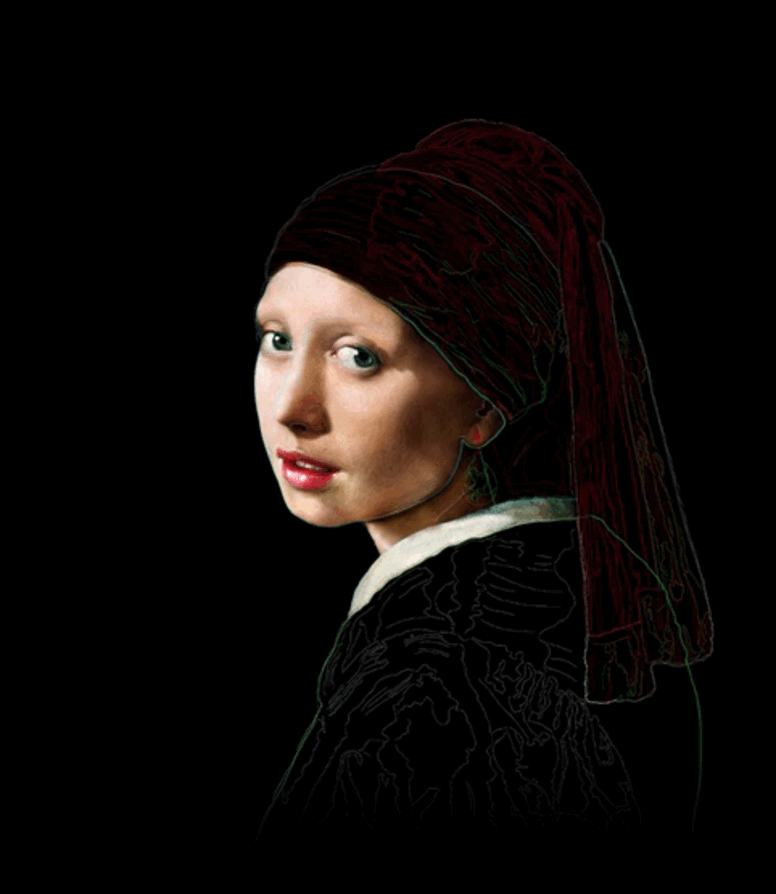
Girl with a Pearl Earring (Full Renovation-Digital Profoundism) / Wikimedia Commons
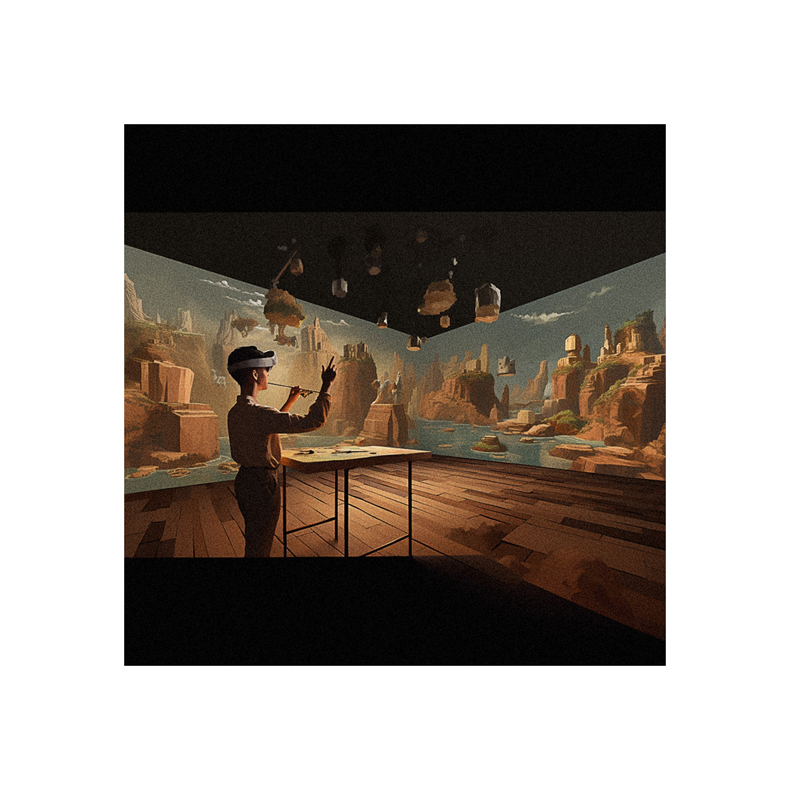
What is Digital Art?
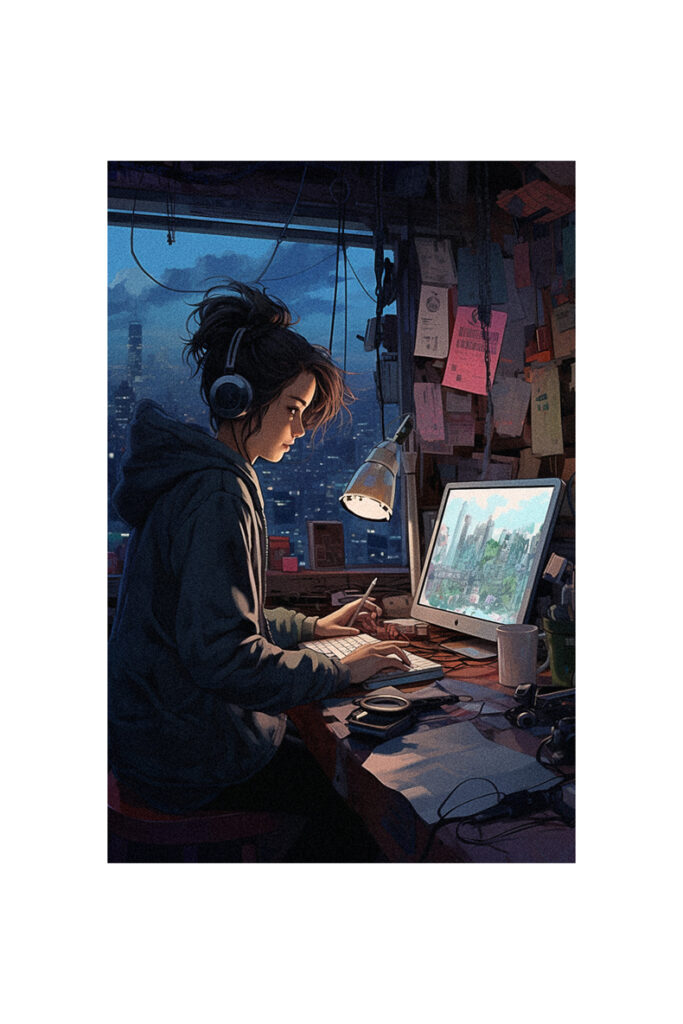
You’ve likely seen digital art in various forms, from computer graphics to AR masterpieces, but have you ever wondered about its journey since its inception in the 1960s?
Digital art is a dynamic creative field that utilizes electronic devices and software as part of the artistic process. It’s grown vastly over decades, with innovations like personal computers and internet access in the ’90s broadening its horizons.
From AI-generated masterpieces to AR-enhanced reality, digital art today offers limitless possibilities for creativity. But it’s not just about creating; digital tools enable artists to share their work globally and independently build careers.
With advancements like blockchain technology, cryptocurrencies, and NFTs redefining value, digital art’s never been a more exciting time!
Historical Context

Macintosh 128k computer, January 1984, by Bernard Gotfryd – (cropped to remove individual) / Wikimedia Commons
Believe it or not, the journey of digital creativity began as early as the 1960s, sparking a revolution that would forever change how we perceive and interact with art. Artists like Frieder Nake started using algorithms to create drawings based on logic and chance.
By the mid-70s, artists were exploring telecommunication principles in their work.
The ’80s ushered in a new era with the advent of personal computers. The program AARON helped a robot draw large paintings, marking an exciting foray into AI art.
In the ’90s, digital art became computer-generated, with paint programs and scanners becoming popular tools.
Today, technology continues to push boundaries in artistry, opening up avenues for innovation and discovery never thought possible.
Computer Art
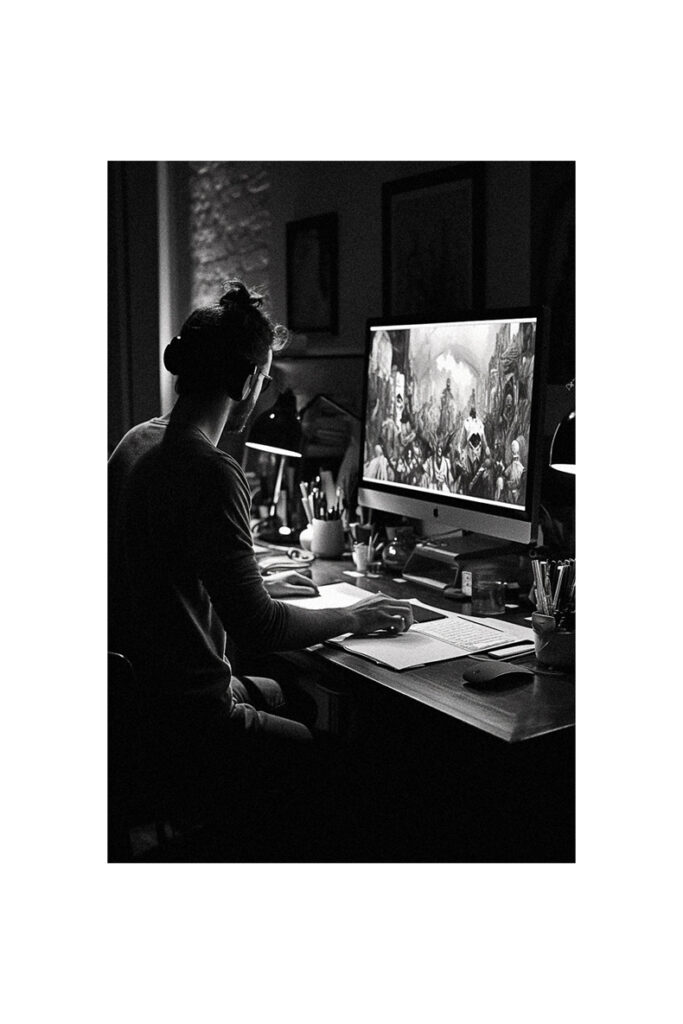
Imagine stepping into a world where creativity meets technology, where the lines between the physical and digital blur; welcome to the realm of computer art.
This fascinating form of artistic expression gained popularity in the mid-1960s, with artists like Frieder Nake using algorithms to create logical and chance-based drawings.
Computer art evolved from static images to interactive multimedia experiences as the years passed. But it wasn’t just about creating pretty pictures but also about pushing boundaries and challenging traditional notions of what art could be.
Technological advancements allow you to explore new mediums and techniques that weren’t possible before.
So grab your stylus pen, fire up your software, and dive into this exciting world!
AI Art
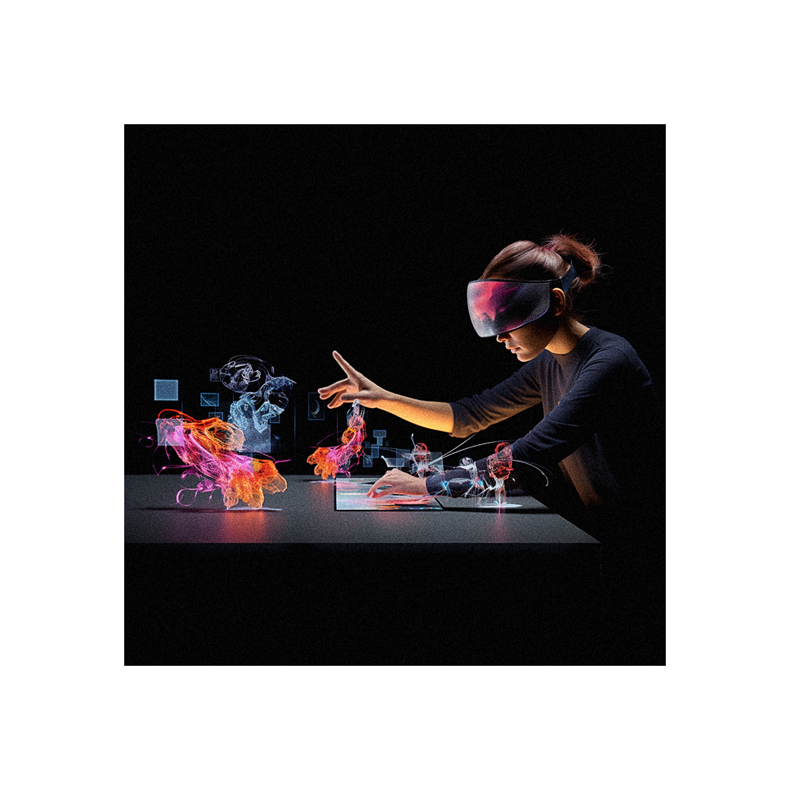
Now, let’s delve into the intriguing world of AI art, where algorithms and machine learning combine to produce stunning visuals that push the boundaries of creativity. This innovative medium takes your prompts or manipulates existing content to generate unique pieces.
It has evolved dramatically since John McCarthy first coined ‘AI’ in 1955. Today’s AI-generated art uses advanced tools like Google’s Deepdream or Artbreeder, transforming your ideas into extraordinary images. However, these advancements introduce new challenges around copyright and the role of human creativity – questions you’ll need to navigate as an AI artist.
But don’t be daunted; with every challenge comes the opportunity for exploration and innovation! Embrace this cutting-edge intersection of technology and artistry, where the only limit is your imagination.
AI-Generated Art
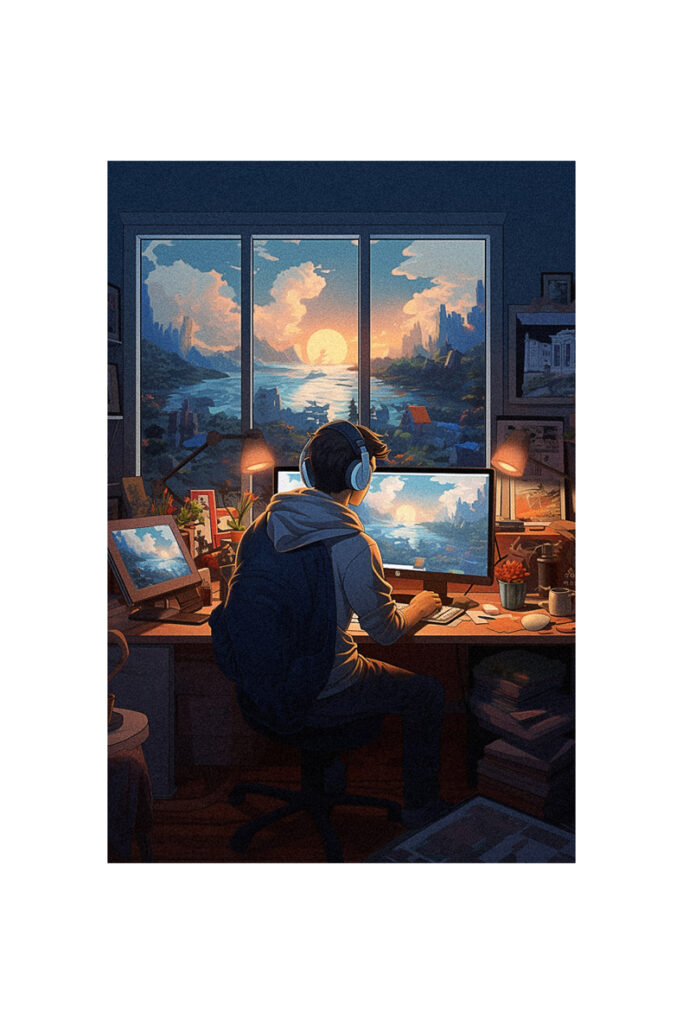
Isn’t it fascinating how AI-generated art, born from lines of code and mathematical algorithms, can stir our emotions and captivate our senses as much as any traditional masterpiece?
This new digital expression emerged with Google’s Deepdream in 2015, manipulating images into dream-like visuals.
Then came Ganbreeder (now Artbreeder), enabling you to tweak existing images into unique creations.
The real game-changer was Dall-E’s arrival in 2021, generating striking artworks from simple text prompts.
Similarly, Midjourney transforms your written words into graphic renders.
Even major digital image editors now incorporate this cutting-edge tech!
It’s a thrilling time for the art world – the canvas has truly become limitless with AI at your fingertips.
Challenges and Opportunities
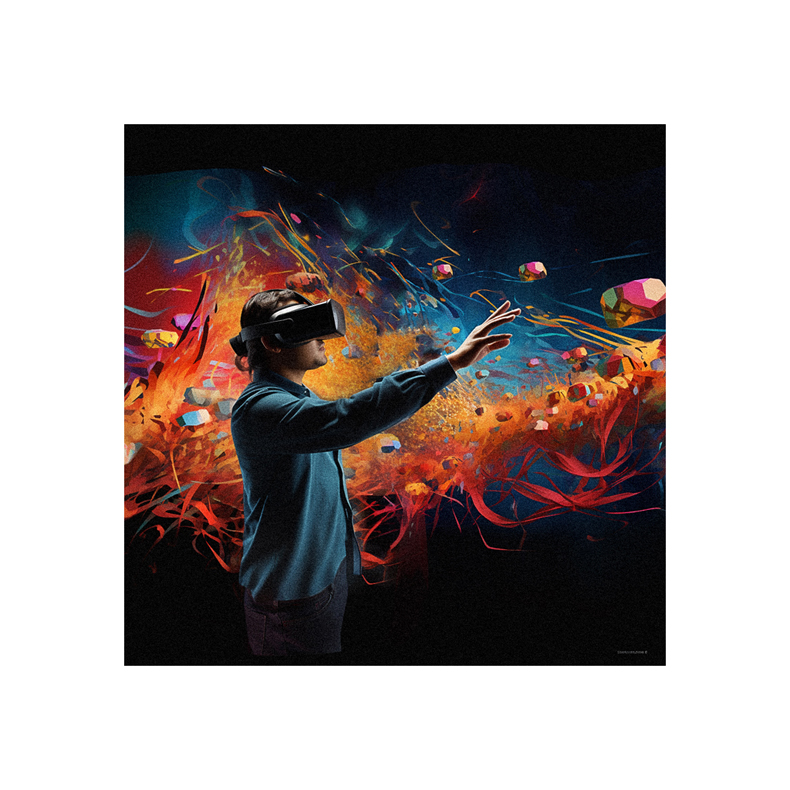
Sure, you might face roadblocks in mastering new techniques or navigating the art market, but let’s not forget about the many opportunities at your disposal.
With AI art, you’re venturing into uncharted territory where traditional rules may not apply. You get to experiment with unconventional tools and create previously unimaginable art.
Yes, copyright laws can be tricky when algorithms are involved, but it also spark a conversation on creativity and authorship.
Platforms like ArtPlacer offer resources for marketing your art online and even organizing virtual exhibitions. Their augmented reality widget lets potential buyers visualize your digital artwork’s appearance in physical spaces.
So, embrace these challenges as a springboard to redefine what’s possible in art.
Notable Artists and Innovations
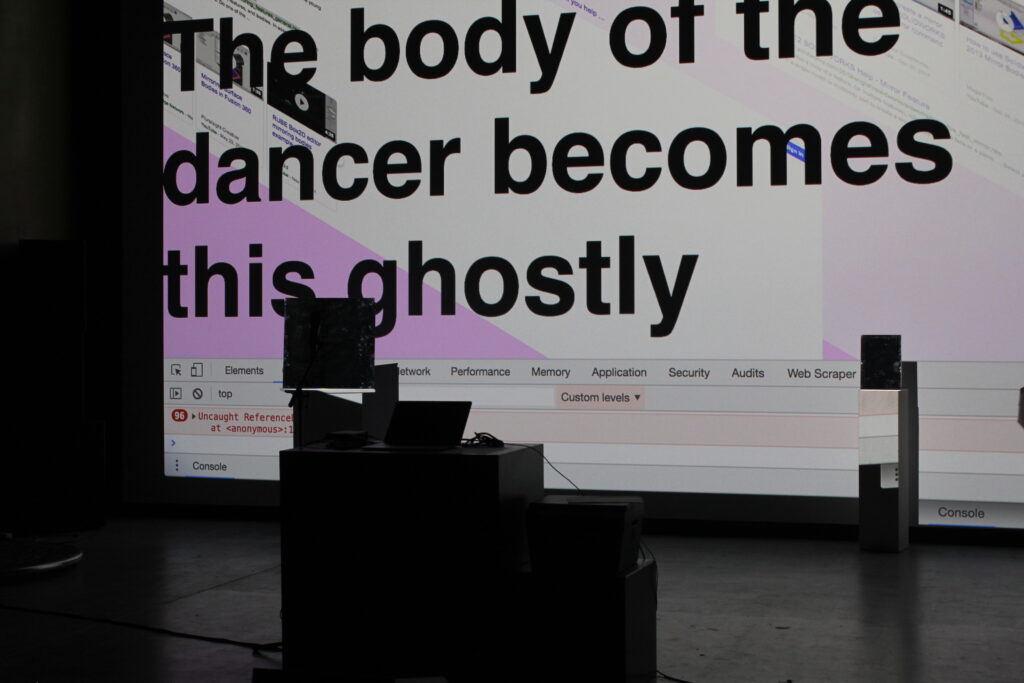
Joana Chicau performance at V2 , Lab for the Unstable Media as part of their 3×3 series / Wikimedia Commons
It’s hard to ignore the profound impact that pioneers like John Whitney and Frieder Nake have had on today’s creative landscape, not forgetting the groundbreaking innovations such as AARON – a robot capable of crafting large paintings.
Their trailblazing work paved the way for digital artists to push boundaries and experiment with new mediums. You’ve likely marveled at animated movies or admired the digital storyboards that Craig Mullins and Jon Foster illustrated for popular films.
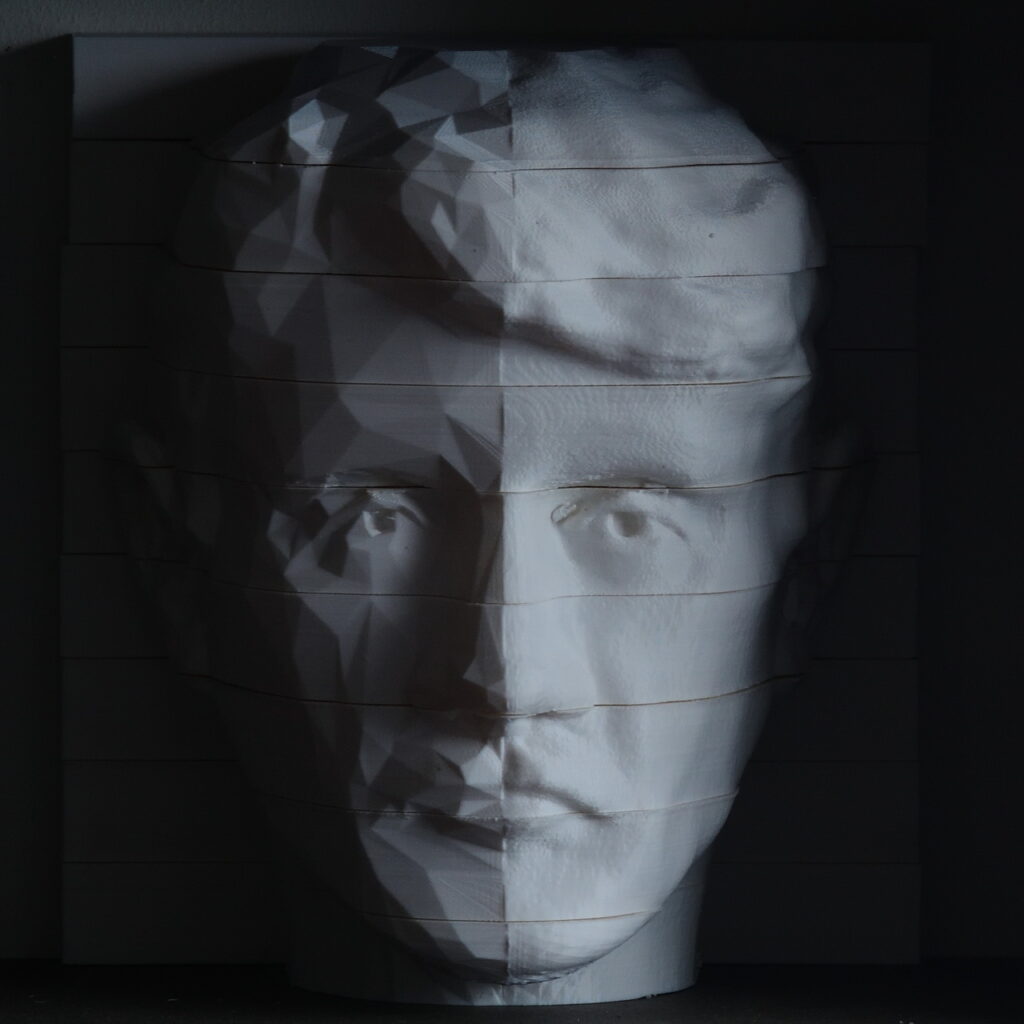
Digital Art Sculpture Ivo Meier Web / Wikimedia Commons / Wikimedia Commons
These are just a few examples of how digital art has evolved, thanks largely to these innovators. And let’s not forget current artists like Sarah Ludey, who continue this tradition, creating stunning digital masterpieces that challenge our perceptions of art in the 21st century.
Follow us on Pinterest for more tips, tutorials, and reviews for creatives!




